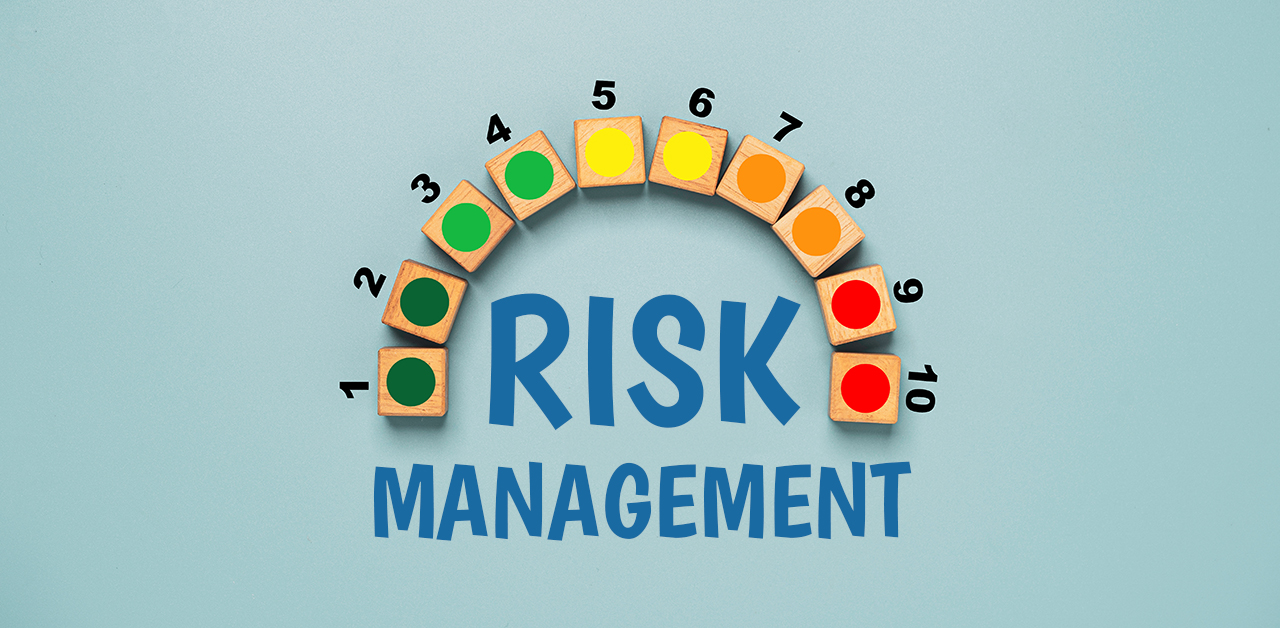Major manufacturers of IT equipment implemented takeback programs in recent years due to tougher legislation regulating electronic waste. Many have voluntarily set up takeback programs for their products even in states lacking the requirement. They offer consumers the option of drop-offs, mail-ins, and trade-ins. Similarly, leasing companies will typically provide recycling or takeback options for off-lease equipment. While it’s important that these large companies are taking measures to curb e-waste, there are drawbacks. Here is a comparison between a manufacturer’s takeback program vs. an independent, certified electronics recycler.
Takeback Programs Typically Only Offer In-Store Credit
A lot of corporations participating in takeback and recycling programs offer retail credits and gift cards in exchange for used equipment. For instance, Apple will accept working devices in exchange for an Apple gift card of the product’s trade-in value. Microsoft provides a similar program. Other manufacturers have recycling services that charge a processing fee for pickups or drop-offs and offer no value return.If you’re an individual consumer seeking a simple upgrade, it might benefit you to participate in the manufacturer’s credit program. However, restrictions on factors like condition, age, and model can impair a maximum return on a device. Furthermore, many manufacturers require original packaging, chargers, and receipts prior to receiving the takeback. Manufacturers don’t place emphasis on ensuring consumers get a large return on their device, so in-store credit likely will not be substantial. On the other hand, independent recyclers can pay in cash, maximize return, and provide full-service de-installations and on-site pickups. Some can also price match the quote offered by the manufacturer. Doing business with a certified electronics recycler is better for businesses hoping to recycle more than one piece of electronic equipment. It maximizes the value return on their investment while allowing flexibility in choosing IT equipment sources.Data Security and Liability in Takeback Programs
Few manufacturers ensure data wiping and security after an electronic device is recycled. Many also go through a third-party, meaning the company assumes no responsibility for a data breach. Most manufacturers take no responsibility for a device’s data and require that consumers wipe it themselves. Data destruction is a critical step in the recycling process. Independent, certified vendors will employ white glove services to eliminate the risk of data falling into the wrong hands.Labor and Logistics Tradeoffs
Manufacturers typically require that a used device is enclosed in proper packaging or includes receipts in order to qualify. Consumers who haven’t saved original boxes or receipts may forfeit their ability to participate. There are also inflexible requirements on shipping products, including a shipping label of the manufacturer’s choosing and the cost of shipping. Independent electronics recyclers have no such requirements. They will often provide full-service, onsite pickups and de-installations so clients don’t have to deal with logistics at all. This is another useful consideration for businesses when recycling company equipment.Individual consumers may find manufacturer takeback programs beneficial for simple needs. It’s much more complicated when it comes to dealing with computer or laptop fleets and servers. Business owners and corporations are likely to benefit from using an independent electronics recycling service to ensure a maximum value return and to make the process easy and reliable.

